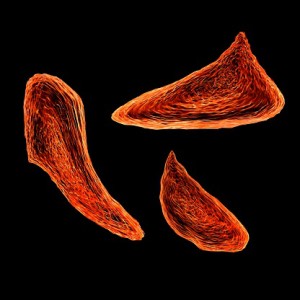Data presented at the 57th American Society of Hematology Annual Meeting and Exposition in December in Orlando, Florida suggests that hematopoietic stem cell transplants (HSCT) from HLA identical siblings to cure sickle cell disease are usually successful. HSCT were performed in 23 countries between 1991 and 2013. HSCT is the only cure for sickle cell disease, but HSCT is rarely performed due to complications and mortality. However, three-year survival was 99% for transplants with cord blood stem cells, 94% for bone marrow stem cells, and 80% for peripheral blood grafts. Overall survival decreased with age (HR 1.1, p<0.001). Data suggest that HSCT from HLA identical siblings are usually successful, and patients with sickle cell disease should be referred for HSCT early.
Reference
- Cappelli B, Bernaudin F, Ruggeri A, et al. Hematopoietic Stem Cell Transplantation from HLA Identical Sibling for Sickle Cell Disease an International Survey on Behalf of Eurocord-Monacord, EBMT Paediatric Disease Working Party and CIBMTR. American Society of Hematology 57th Annual Meeting & Exposition. Orlando, FL. December 5-8, 2015.

